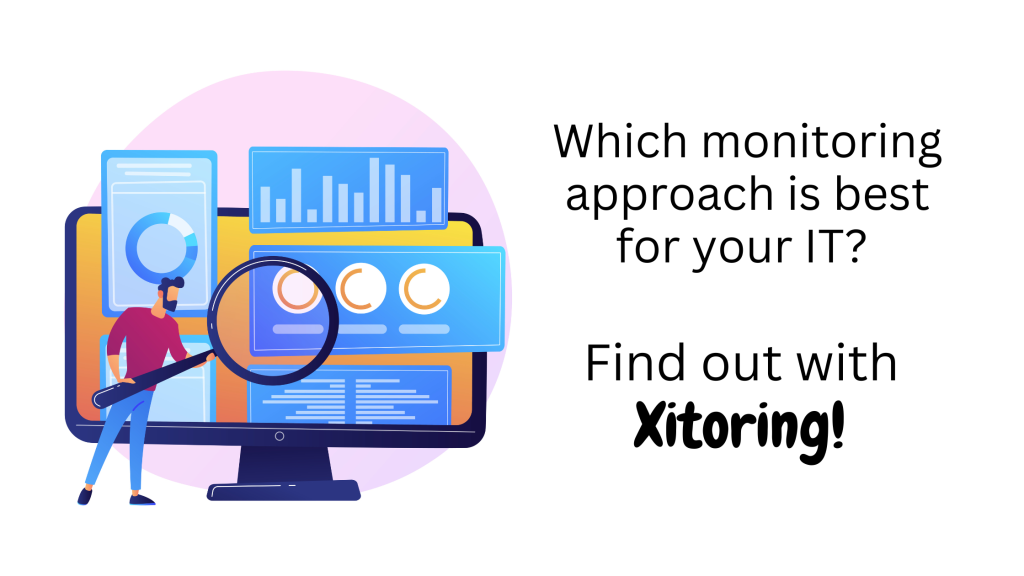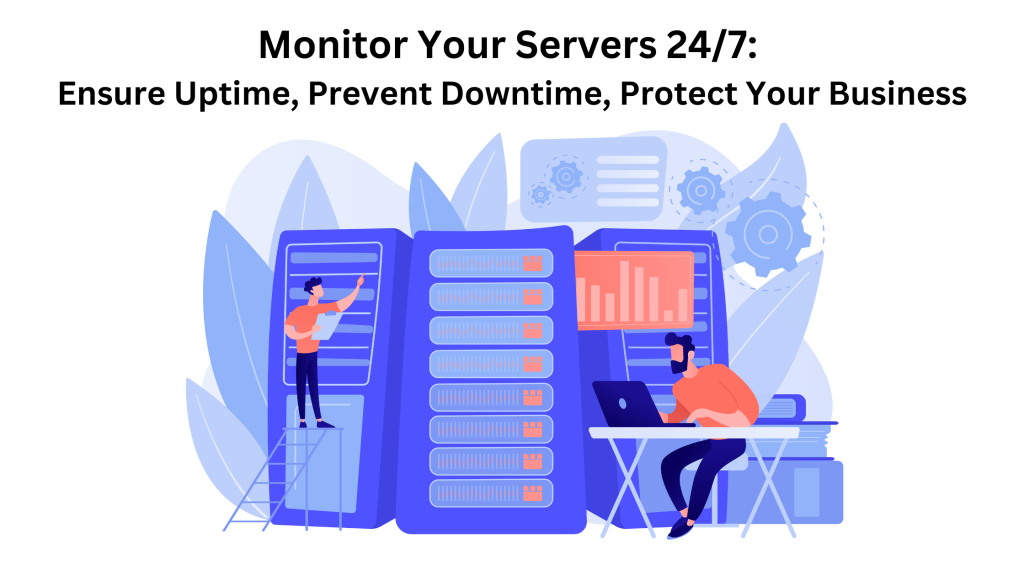Memahami dan mendiagnosa masalah jaringan sangat penting bagi setiap organisasi yang menggunakan internet untuk berinteraksi dengan pelanggan. Pemantauan Ping dan HTTP adalah sumber daya penting bagi manajer jaringan dan webmaster yang ingin menjaga jaringan mereka tetap berjalan dengan lancar dan memperbaiki masalah. Setiap alat memiliki tujuan yang berbeda, memberikan wawasan tentang berbagai lapisan operasi jaringan dan aplikasi.
Apa yang dimaksud dengan Ping Monitoring?
- Apa yang dilakukannya: Pemantauan ping menggunakan ICMP (Internet Control Message Protocol) untuk memeriksa ketersediaan perangkat jaringan (seperti server, router, atau switch) di jaringan. ICMP mengirimkan paket data ke alamat IP tertentu dan menunggu balasan, mengukur waktu yang dibutuhkan untuk perjalanan pulang pergi.
- Tujuan: Tujuan utamanya adalah untuk memeriksa daya jangkau host dan waktu pulang pergi (RTT) untuk pesan yang dikirim dari host asal ke komputer tujuan.
- Kasus Penggunaan: Ini banyak digunakan untuk pemecahan masalah jaringan dasar untuk memeriksa apakah sebuah host aktif dan berjalan di jaringan. Ini membantu dalam mengidentifikasi masalah konektivitas jaringan dan keberadaan firewall atau kemacetan jaringan.
- Keterbatasan: Pemantauan ping tidak memberikan informasi tentang kinerja protokol tingkat tinggi (seperti HTTP) atau masalah khusus aplikasi. Pemantauan ini hanya memberi tahu Anda apakah host dapat dijangkau, bukan apakah layanan web atau aplikasi berfungsi dengan benar.


